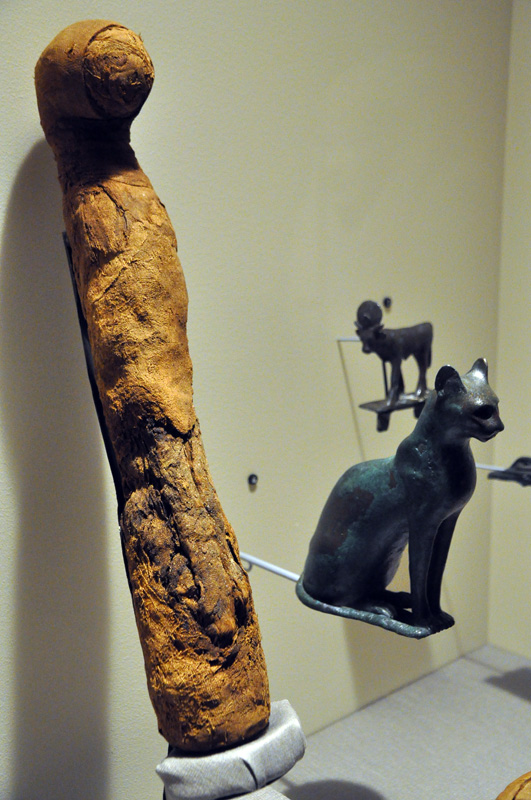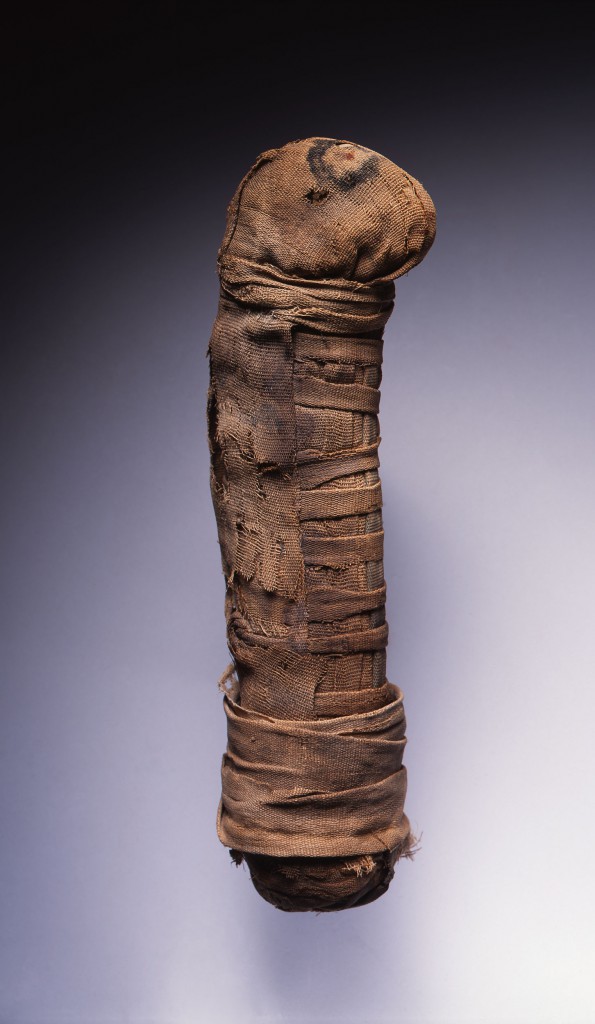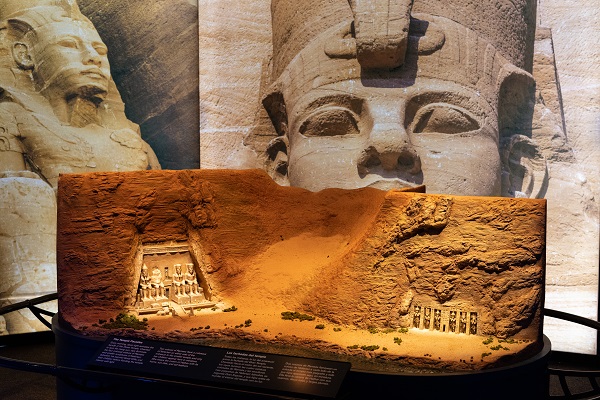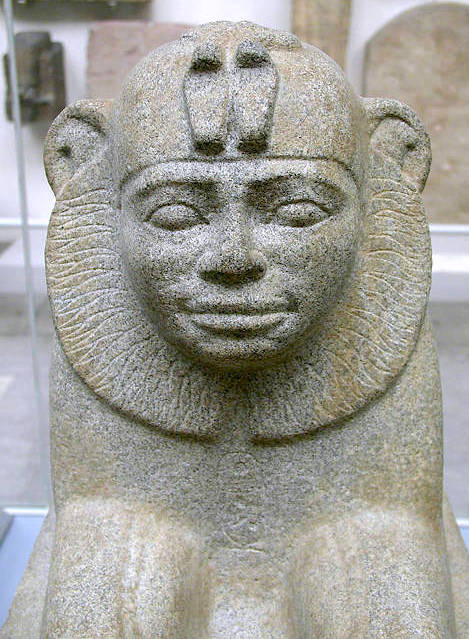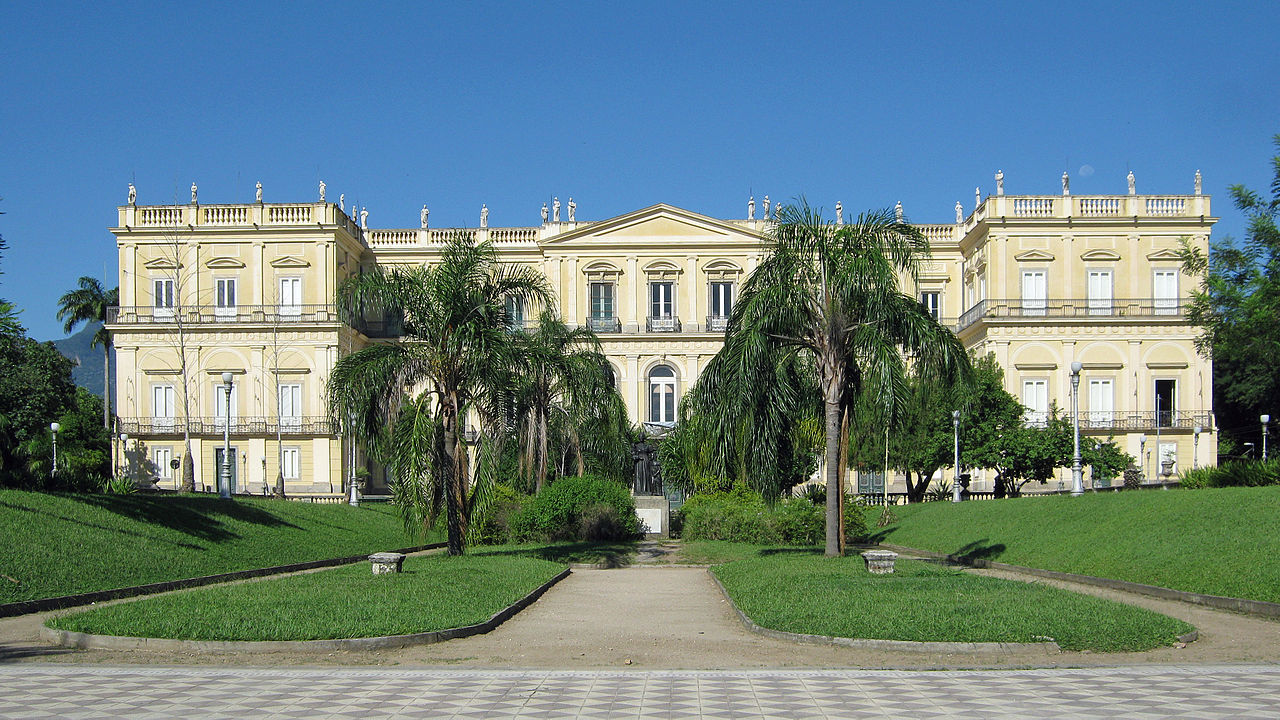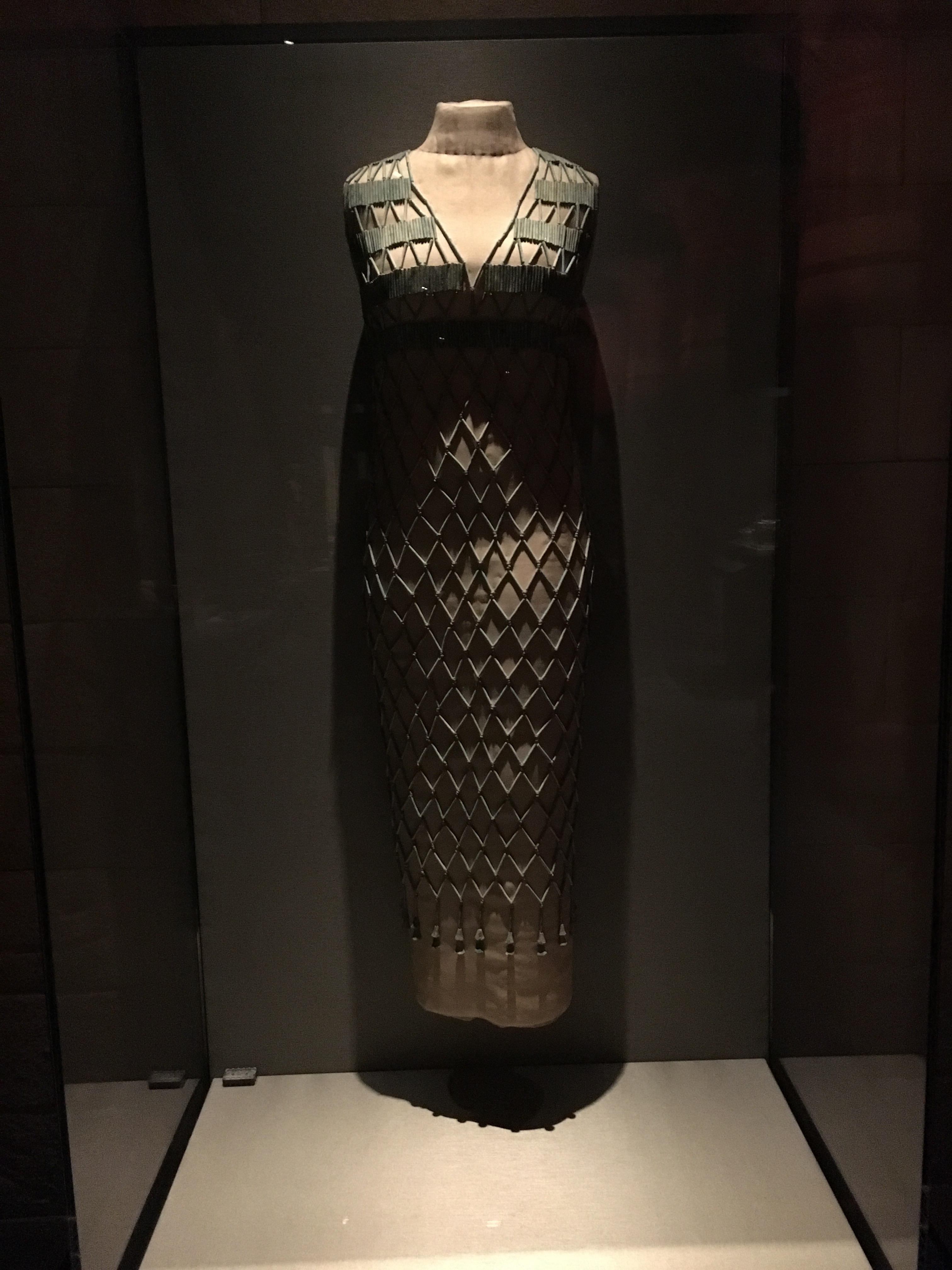In Cairo, I’m out of touch with what’s shown on TV, but I always know when something about Egypt has been broadcast. On slow news days, Facebook, Twitter, and my work email all light up with inquiries.
In May, there was a mini-boom in Egyptian interest following a BBC programme on animal mummies. The headlines promised to reveal an ancient ‘scandal’ – who wouldn’t be intrigued by this?
Mummified animals – most typically cats and small birds with beautifully patterned and decorated wrappings sometimes buried in wooden or metal containers – are some of the most recognizably ‘ancient Egyptian’ objects in museums. They encapsulate two of the biggest modern clichés of ancient Egyptian culture: the Egyptians’ love of death, and their weird animal-headed gods. Add to this the fact that a lot of them are small enough to transport easily. No wonder most museums have them on display. And we’re no exception at the Houston Museum of Natural Science.
The ‘scandal’ the BBC referred to was that only a third of the animal mummies studied and scanned by a research project contained the ‘right’ remains at all, with exterior wrapping and interior contents matching up. Another third contained partial remains – body fragments rather than a single intact body – and the last third contained nothing at all inside.
While the study cited is the most recent, and one of the most thorough, investigations into animal mummies, its results are no great surprise. Researchers have long known that the insides of animal mummies can be surprising. Prof. Salima Ikram, touched on this at a recent lecture at HMNS, and an updated edition of her book on the topic is coming out later this summer.
There are some other things that one could say about the ‘scandal’ of the empty mummies, but now I’ve got a question to ask: what’s inside our funny mummy?
We received this cat mummy on loan from the Michael C. Carlos Museum, Emory University. On the ouside, it’s a fair example of the medium size of cat mummies – which tend to come in small, medium, and large – and has an unusual piece of blue-bordered linen among its wrappings (and a rather disappointed look painted on its face). So far, so good.
When the mummy was x-rayed, however, it became clear that the tidy outside wasn’t matched by a tidy inside. Rather than a cat skeleton, you can see that there’s a large broken bone at the bottom end, and a mass of something at the ‘top’ end.
We’ve got our own ideas about what made up the ‘cat’, but before we reveal them we’d like to open it up and crowd source some identifications. What’s your best guess? Let us know what you think the cat mummy was actually made of and enter it into the comments below.
Editor’s note: Tweet your guess to HMNS or post below, and we’ll mention the winner in Tom’s next blog.


